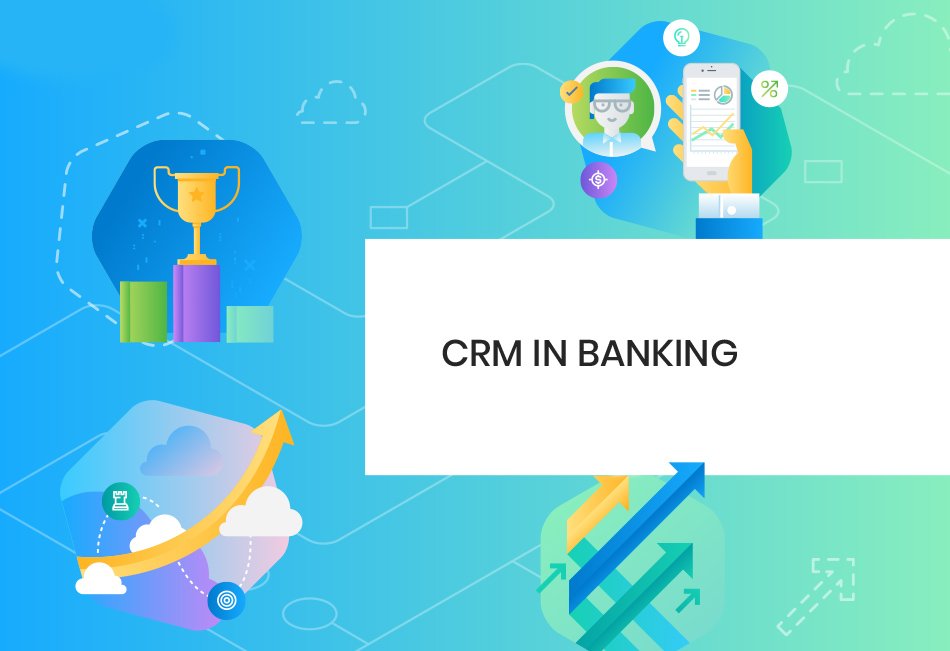For banks, establishing a smooth and pleasant customer experience is critical. The banking industry has welcomed the challenge through the convenience of technology.
But with more options available, customers often use the services of more than one financial institution. For example, a person may have a mortgage with one bank, a personal loan with another, and several credit cards across many institutions.
Because of the ever-changing demands and fierce competition, the banking industry needs to tailor its services for a more modern, customer-centric approach. With this in mind, the significance of having a CRM has never been more important.
What is CRM?
CRM means customer relationship management. It is a software system that helps business owners develop relationships with their clients. CRM software also contributes to the organization and efficiency of a business by providing a total picture of customer interactions, sales data, and more.
CRM software has been around since the 90s, but it has come a long way. In fact, 9 out of 10 businesses with at least ten employees use some form of CRM system.
For the banking industry, CRM software is essential for carrying out sales and marketing goals and exceeding customer expectations. For example, with an investment banking CRM software system, bank employees can input customer data such as the products they use and their contact information. It is capable of sending personalized emails, responding to social media posts, analyzing customer behavior, and more.
The Benefits of CRM in Banking
In this day and age, CRM is an essential tool for businesses, especially banks. After all, simple spreadsheets could not possibly keep up with all the data that comes in! CRM software is needed to organize this information so that banks can deliver what each customer truly needs.
Consider these three benefits:
- Efficient Processing
Investment banking CRM solutions allow for a centralized customer profile that can be accessed by any bank employee. It also allows banking institutions to automate specific tasks and communication processes so that employees can focus on more important things. Some of these processes include query responses, client activity, case escalation notifications, and more.
- Deeper Understanding of Customer Needs
A CRM system cannot do everything on its own. However, it can be integrated into other software programs to provide a clearer picture of every customer. Each action taken by the customer, such as ATM withdrawals or an information request, can be entered into the CRM.
All of this information allows the bank to understand a customer’s habits and preferences. This way, the institution puts itself in a better position to assist their clients and possibly align certain services to their financial objectives.
- Boosts Customer Retention
Here is an eye-opening statistic: 96% of customers consider customer service a significant factor in their loyalty to a brand. How can the banking industry leverage the power of CRM software to retain its customers?
Banks can use CRM data to provide personalized services proactively.
For example, let’s say the bank teller inputs a note on a customer’s profile that he asked questions about a particular type of loan. The loan department could then contact the customer to explain the options available to him. Personalized services like these show clients that their bank is genuinely making an effort.
Conclusion
CRM is a game-changing tool for any business, especially banks. Among its many benefits are quicker processes, the ability to gain a deeper understanding of customers’ needs, and customer retention. Delivering a personal touch when dealing with customers is one area where CRM software can help the banking industry. sprunki horror Endless Fun Awaits!



